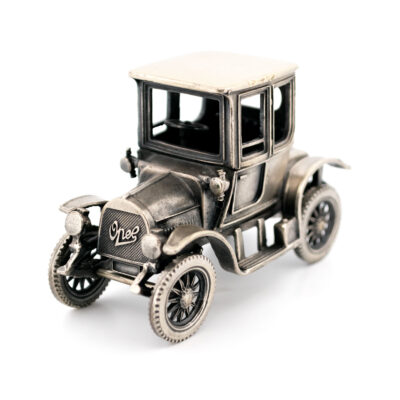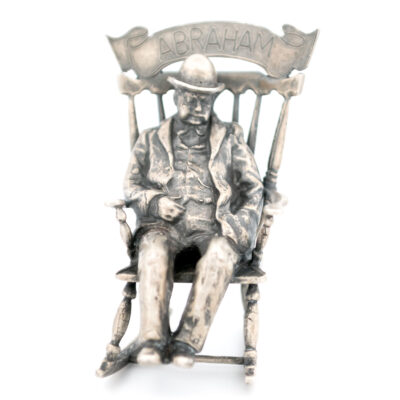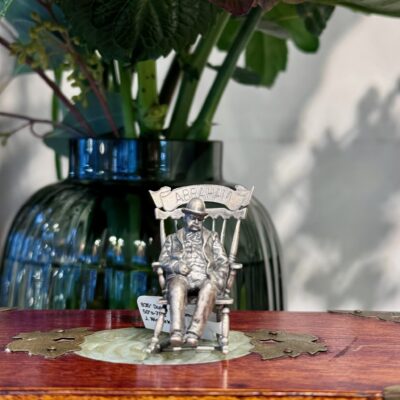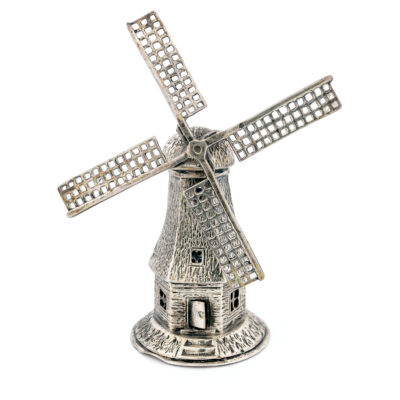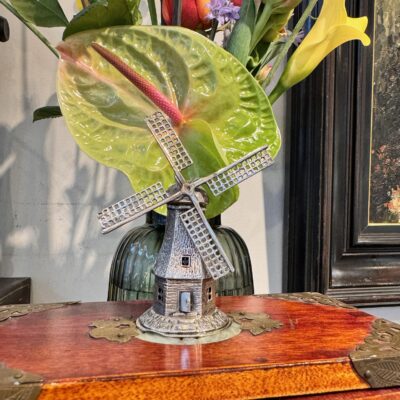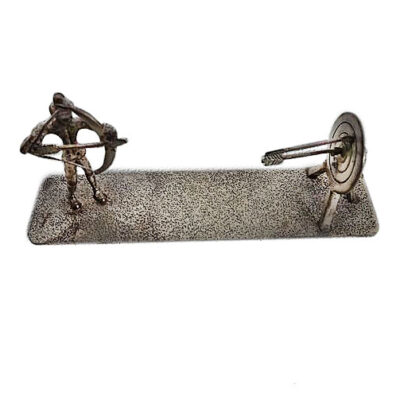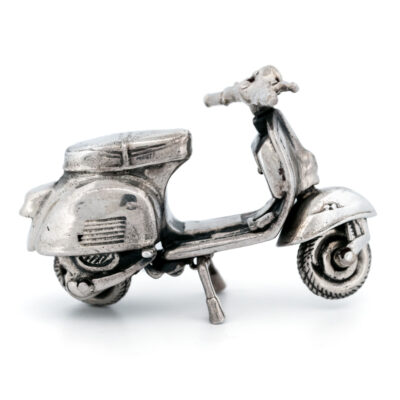| Design & Historical Context |
During the 1910s to 1950s, the design of jewelry remained creative and stylish despite being impacted by economic and military events. Jewelry fashions during this time were influenced by various parts of the world, including the Near and Far East, and featured both exotic and geometric patterns that reflected the emergence of the machine age. New York became an important center for fashion along with Paris, and European jewelry companies had the opportunity to sell to and purchase from the Indian subcontinent. Art Deco jewelry, characterized by the use of numerous gemstones, was popular during this time, and the use of gold in jewelry increased in popularity due to its lower cost compared to platinum. Jewelry design also attracted artists and designers from various fields, giving hints about the direction that the industry would take in the future.
|
| Materials & Craftsmanship |
Silver: The Metal of Elegance and Versatility
Silver, known for its bright, reflective luster, is one of the most beloved and widely used precious metals in the world. This versatile metal has been cherished for thousands of years, not only for its beauty but also for its malleability, making it ideal for crafting intricate and delicate jewelry designs.
Historically, silver has been associated with the moon and considered a symbol of purity, clarity, and protection. Ancient civilizations, from the Egyptians to the Greeks and Romans, valued silver for its beauty and used it to create coins, jewelry, and religious artifacts. In many cultures, silver is also believed to have healing properties, often used in amulets and talismans to ward off negative energy.
In modern jewelry, silver is prized for its affordability, versatility, and timeless appeal. Sterling silver, an alloy of 92.5% pure silver and 7.5% other metals (usually copper), is the standard used in high-quality jewelry. Its durability and bright, reflective surface make it an excellent choice for a wide range of designs, from minimalist pieces to ornate creations. Silver can be polished to a high shine or given a matte, oxidized, or antiqued finish to suit various styles.
Silver is more than just a metal; it is a symbol of elegance, flexibility, and understated luxury. Its enduring popularity and wide-ranging applications make it a staple in jewelry that can complement any look, from casual to formal, with timeless grace.
Copper: The Metal of Warmth and Ancient Craftsmanship
Copper is a versatile and historically significant metal, known for its distinctive reddish-brown color and its role in human civilization for thousands of years. As one of the oldest metals used by humans, copper has been revered for its beauty, malleability, and conductivity, making it a staple in jewelry, art, and functional objects throughout history.
Historically, copper was one of the first metals to be worked by humans, with evidence of its use dating back to around 8,000 BCE. Ancient civilizations, including the Egyptians, Mesopotamians, and Native Americans, used copper to create tools, ornaments, and jewelry. Its ease of workability allowed artisans to create intricate designs and detailed craftsmanship, from simple hammered pieces to elaborate, decorative items. Copper was also highly valued for its supposed healing properties and was often used in amulets and talismans.
In modern jewelry, copper is appreciated for its warm, earthy tones and its ability to develop a natural patina over time, which adds character and depth to each piece. Copper is often used in a variety of jewelry styles, from minimalist and contemporary designs to rustic and bohemian pieces. Its softness allows it to be shaped into delicate forms, and it is often combined with other metals or materials like silver, brass, leather, or gemstones to create unique, mixed-media designs.
Copper is also celebrated for its affordability, making it an accessible choice for jewelry lovers who appreciate the metal's natural beauty and versatility. It is commonly used in bracelets, rings, necklaces, and earrings, and is often crafted into bold, statement pieces that showcase the metal's rich color and warm glow.
Beyond its aesthetic appeal, copper is also believed to have metaphysical and health benefits. It is thought to conduct spiritual energy and is often associated with vitality, balance, and protection. Many people wear copper jewelry for its purported ability to relieve joint pain and inflammation, though these claims are more anecdotal than scientifically proven.
Copper is more than just a metal; it is a symbol of warmth, craftsmanship, and ancient tradition. Its rich color and historical significance make copper jewelry a meaningful and attractive choice for those who appreciate the connection between material and history. Whether worn for its beauty, its symbolism, or both, copper adds a touch of rustic elegance and timeless appeal to any jewelry collection.
|






